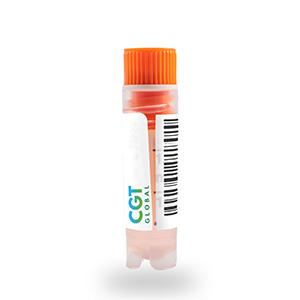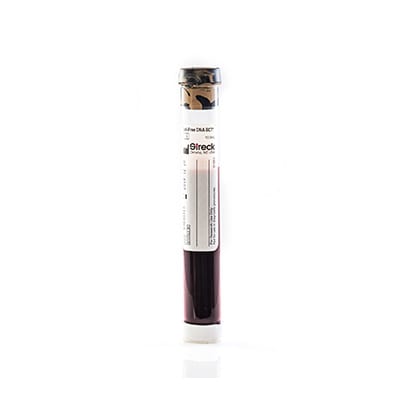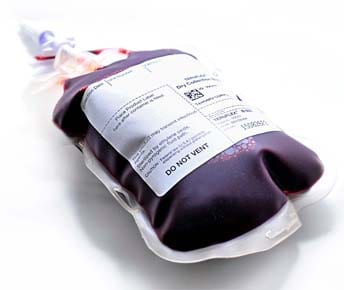Peripheral Blood Monocyte-Derived Macrophages, Frozen
The isolation of mature macrophages from tissue can be difficult, therefore the use of monocyte-derived macrophages (MDM) for functional studies is a very attractive alternative. Non-monocytes are depleted from the mononuclear cell population using immunomagnetic particles leaving purified, untouched CD14+ monocytes. The untouched monocytes are cultured for 4-5 days with 10% FBS in the presence of M-CSF and IL-4. After culture, cells are checked for the expression of CD11b, CD18, CD68, and HLA-DR by flow cytometry.
Cells were obtained using Institutional Review Board (IRB) approved consent forms and protocols.
Since our founding in 2010, CGT Global has pursued our mission to transform healthcare as we accelerate cell and gene therapy research and clinical trials, streamline the commercialization of new treatments, and map the last mile to patient access to these life-changing remedies. By innovating each stage in the cycle; development, commercialization, and delivery, we reduce the overall cost of the care and multiply access points so that millions can receive cutting edge, life-saving gene and cell therapies.

Description
Upon tissue damage or infection, monocytes leave the bloodstream and are rapidly recruited to the tissue, where they differentiate into tissue macrophages. Part of the innate immunity, macrophages are specialized cells that recognize, engulf and destroy target cells or pathogens. They are remarkably plastic and can change their functional phenotype depending on the various microbes or invaders they encounter. Along with their ability to clear pathogens, macrophages can also instruct other immune cells to take part in the immune response by acting as an antigen-presenting cell (APC).
Additional information
| Anticoagulant | |
|---|---|
| Format | |
| Grade | |
| Species | |
| Cell and Tissue Source | |
| Disease State | |
| Donor Attributes |





